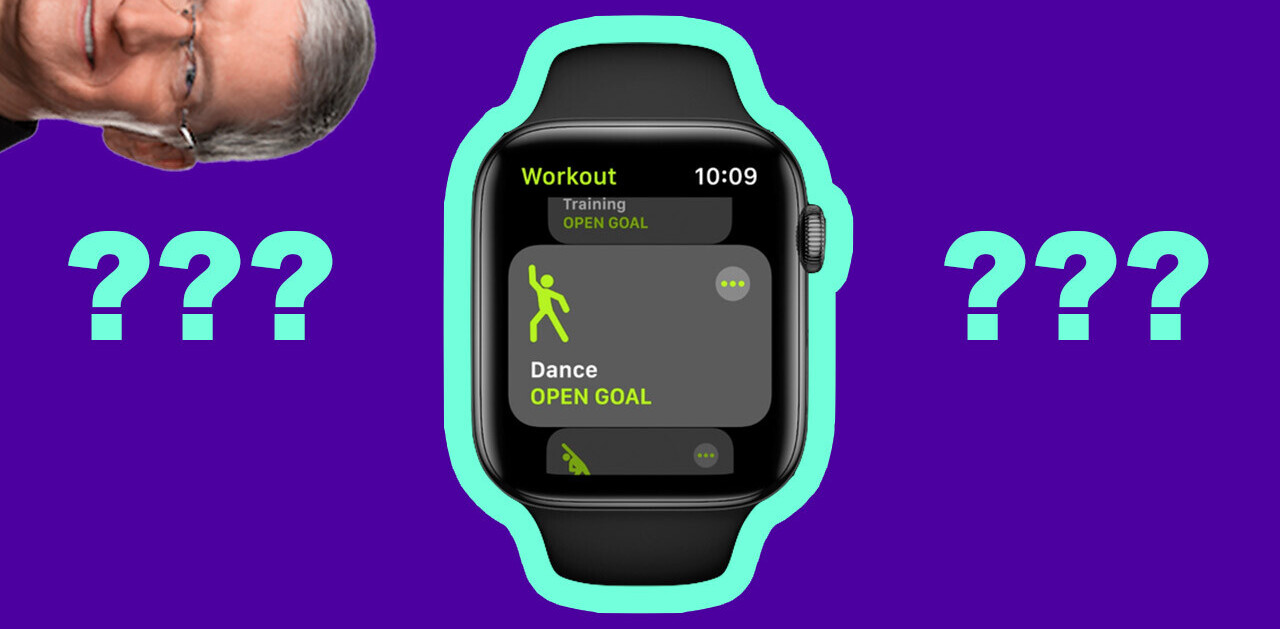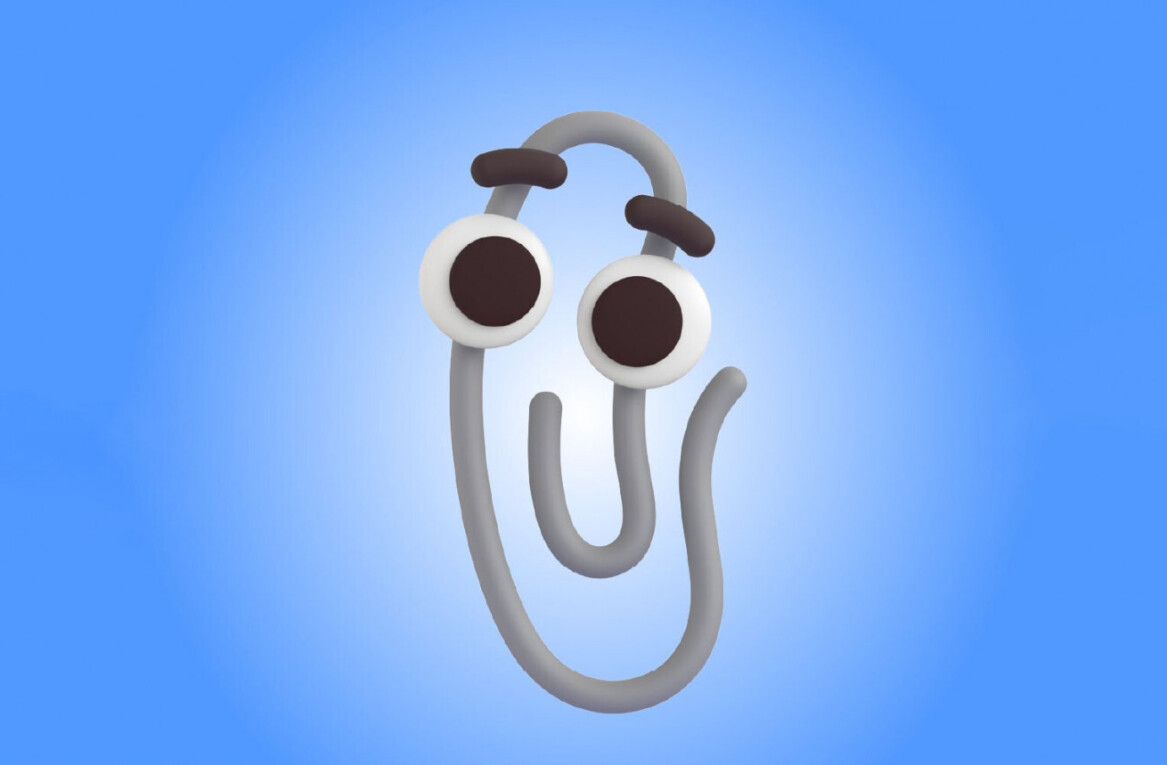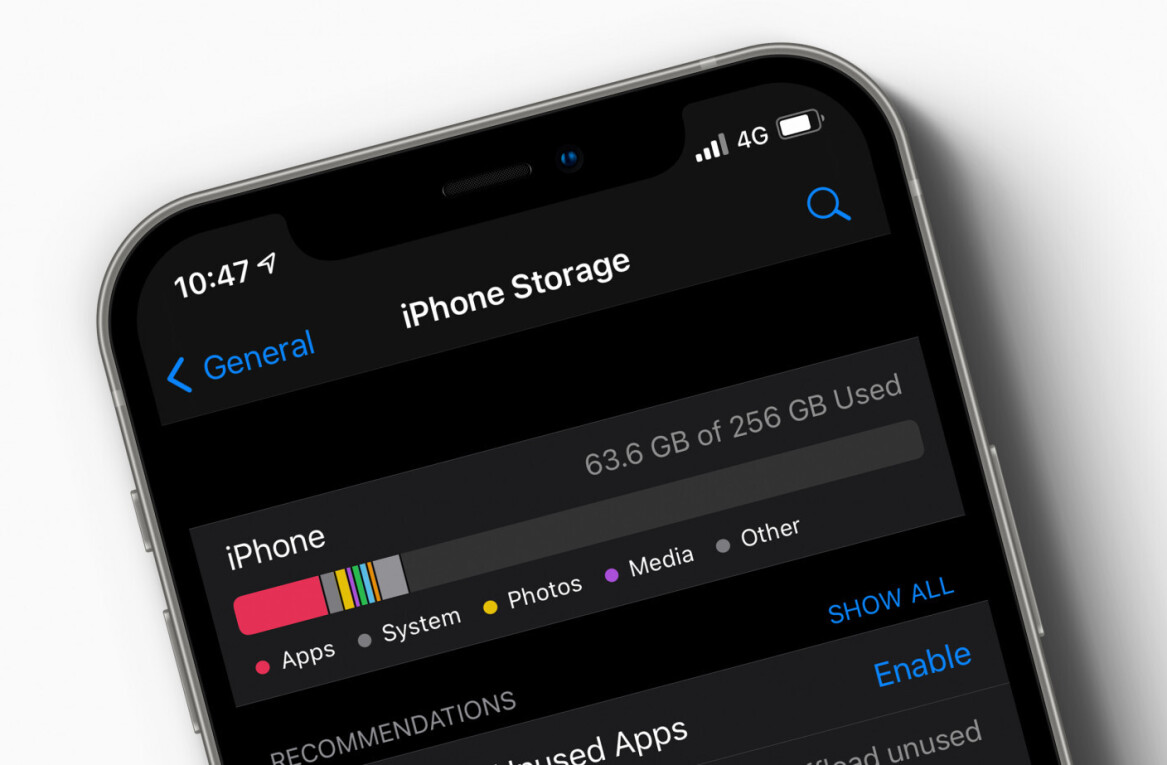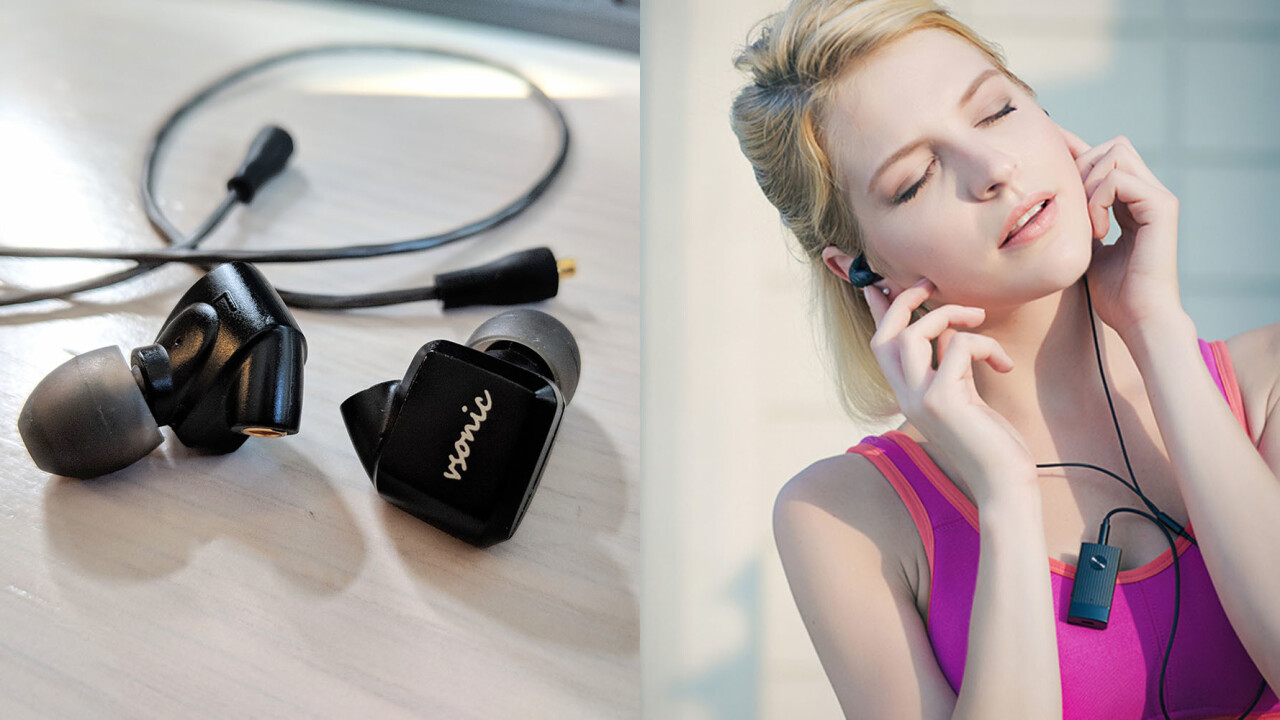
My current phone does not have a headphone jack. My favorite headphones need one. After being fed up with losing and forgetting dongles, I thought there must be a better way.
Despite a plethora of excellent wireless options currently available, my favorite portable headphones are a pair of in-ear monitors (IEMs) from a little known company outside of audiophilia, the VSonic GR07. I keep on returning to them despite dozens of other headphones I’ve reviewed over the years, but the inconvenience of dongle life soured the experience.
Then I realized I could easily add Bluetooth to the GR07 – and plenty of other headphones as well.
MMCX Headphones
Like so many other high-end headphones, the 2017 version of the GR07 uses detachable cables. That means all you need to do is replace the traditional wire with a Bluetooth-capable attachment instead.
The GR07’s cable uses MMCX connectors, which are popular among other brands including Shure and Westone. A quick search on Amazon shows off several options for MMCX Bluetooth adapters. In my case, I chose a $59 option by MEE Audio, because it was one of the few compatible with Qaulcomm AptX and AAC technology for high quality streaming on both Android and Apple devices. Depending on how much you care for such things, there are cheaper choices out there as well.
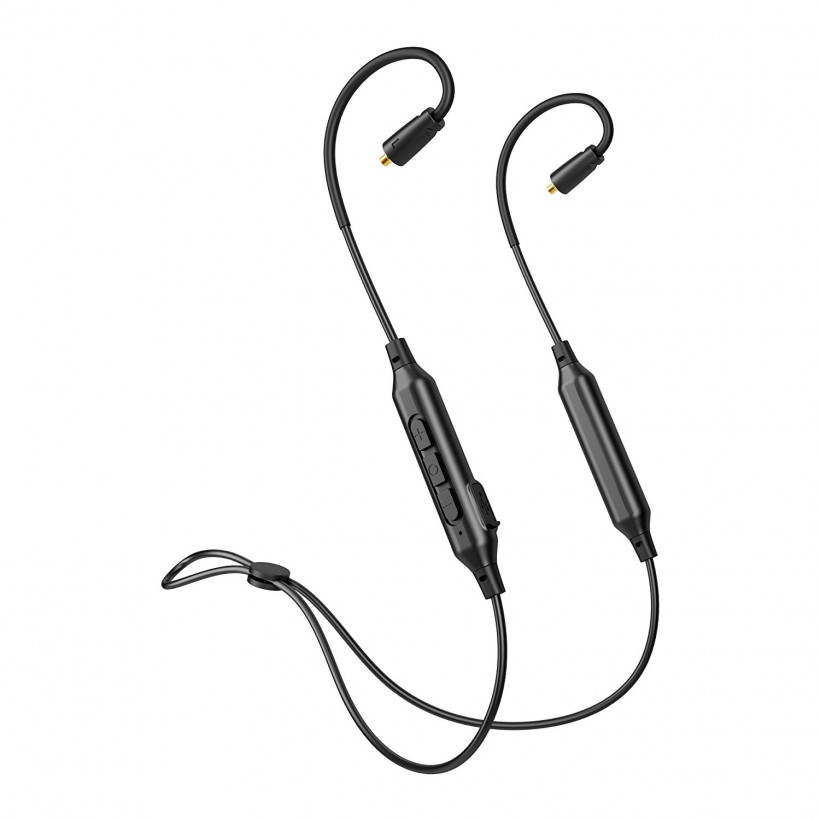
It worked without a hitch. My wired barebones headphones were now excellent Bluetooth headphones, with solid battery life and a 3-button mic (which the GR07 doesn’t normally include). Although the sound was a little different – it’s processed by the Bluetooth adapter, not your phone – they were still very much the headphones I knew and loved.
Other connectors
Disclaimer: I haven’t tried the following options. From here on, this post is more of a PSA for those who’ve not previously considered the possibility of adding Bluetooth to their devices. I can’t guarantee sound quality, connection strength, battery life, durability, or threat of nuclear catastrophe. I’ve tried to point out some solid suggestions, but do your research.
Among IEMs, MMCX connectors seem to have the most Bluetooth options, but there are a plethora of other connectors out there too. The image below shows some of the different types:
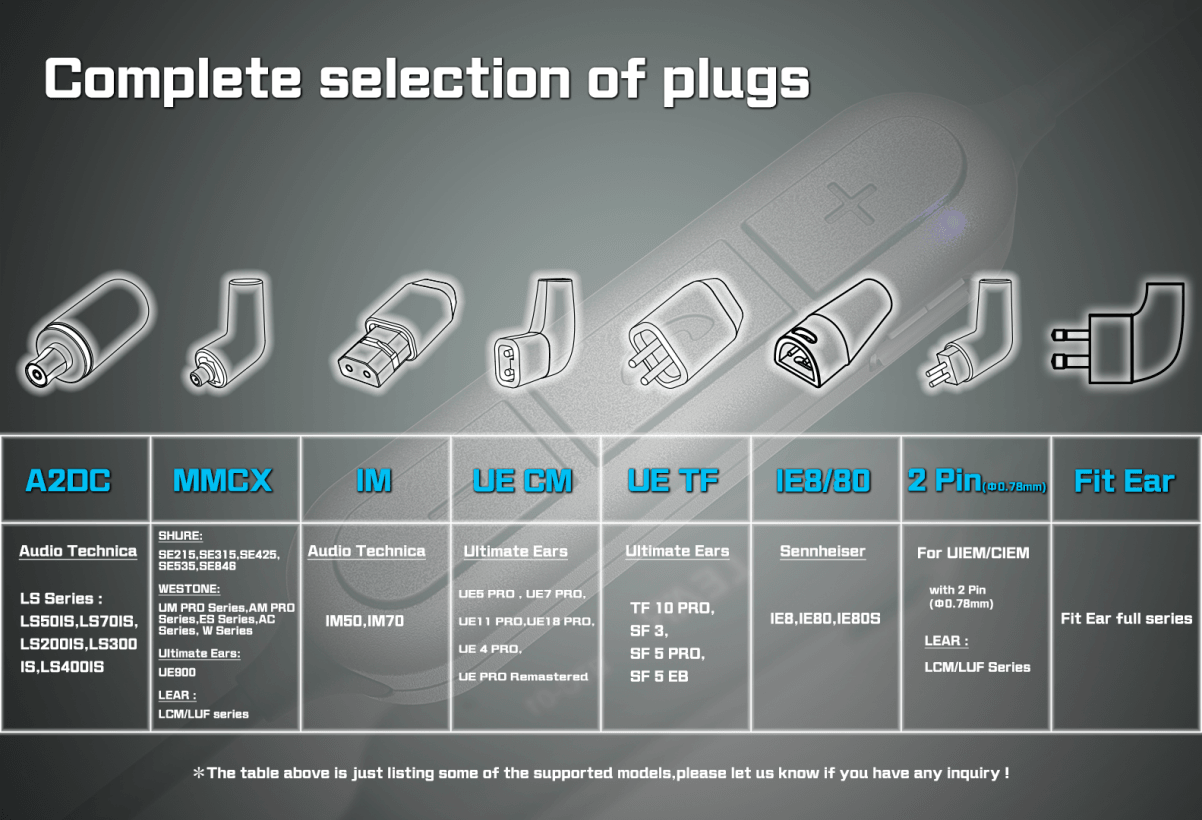
The most versatile Bluetooth adapter I could find is the BTC-01 from a Hong Kong-based audio company called LEAR. As far as I can tell, it’s the only such adapter that lets you choose from a multitude of connectors above while also having a solid audio pedigree.
LEAR is pretty well-known among the Head-Fi crowd, and the BTC-01 has received some decent reviews for its sound quality. It supports AAC, which should provide high quality audio on Apple devices and Android devices running Oreo.
If you’re okay waiting a week or two for delivery, you can buy the BTC-01 for around ~$90 from LEAR’s website (including shipping).
That’s just the most flexible solution I could find. If that price is too high to swallow, your best bet is to search Bluetooth adapters compatible with your particular headphone connectors. Again, if you’re willing to sacrifice some sound quality – I struggled to find others with AptX and/or AAC – you can probably find an adapter for your particular connectors at a lower price with a quick search on eBay or Amazon.
On the other hand…
For everything else
If you have full size headphones or headphones without a detachable cable, your best bet is a Bluetooth receiver. In fact, you might even get better sound quality than you would out of your smartphone’s own 3.5mm jack.
It’s simple enough. Instead of sending a signal straight your headphones, the phone sends it to the receiver, which you plug your headphones into like you would any other device. While you will still have a cable to deal with, they’re a solid option if you simply don’t want to be attached to your phone – say if you’re working out or cooking. Luckily, these often come with a clip so you can get the cable out of the way.
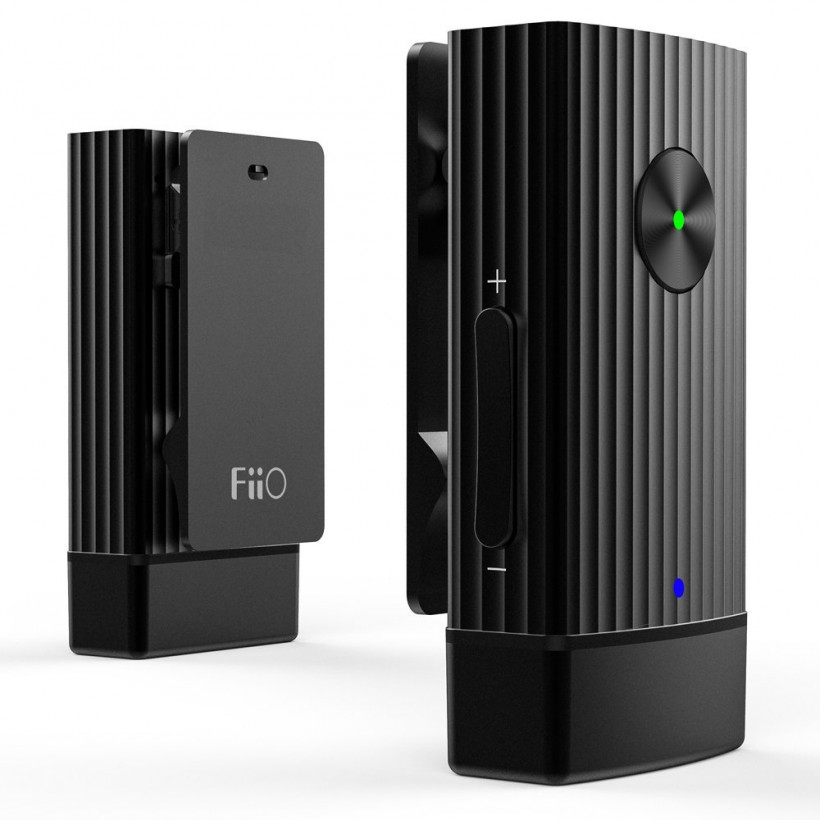
My mainstream recommendation would be the Fiio BTR1 Headphone Amplifier. Fiio is a well-known name in the amplifier game, and the BTR1 has received some excellent reviews. It’s tiny, comes with a clip, has about 8 hours of battery, supports AptX, and is reasonably priced at $50. Given Fiio’s audio pedigree, and judging by some of the reviews, it might sound better than your old smartphone’s headphone jack.
If you’re willing to spend more, the EarStudio ES100 comes with the even-better AptX HD and 14-hours of battery life for $95. On the cheaper end, there are options from Avantree and Trond for less than $30.

If you have full size headphones with a detachable 3.5mm cable, you could consider the BTunes VXB-35. There are no volume or playback controls, but according to The Wirecutter, it sounds pretty good. You’d look pretty weird with that sticking out of your headphones, but we won’t judge.
Finally, if you don’t actually care about being untethered from your phone, and simply don’t want to deal with a dongle anymore, there are USB-C to 3.5mm cables available.
Hopefully the advice here will help release you from the dongle life. Are any other solutions we’re missing? Hit us up in the comments.
The Next Web’s 2018 conference is just a few weeks away, and it’ll be awesome. Find out all about our tracks here.
We like some products. We don’t like others. Either way, if you buy something through our affiliate links, we get a small cut of the revenue. This isn’t a sponsored post, but for the sake of transparency, you deserve to know what’s up.
Get the TNW newsletter
Get the most important tech news in your inbox each week.
